Why CPG finance teams can’t ignore claims reconciliation software
Trade spending absorbs roughly 20 percent of annual CPG revenue, yet 59 percent of promotions fail to break eventelus.com. On top of that, unmanaged deductions can drain up to 5 percent of accounts-receivable balancesg2.com. Most TPM suites still ship with only rudimentary matching logic, forcing account managers to click through hundreds of screens to pair each customer claim with each invoice. End-to-end visibility—linking promotion calendars, invoices, sell-out data, and payments—rarely exists out of the box.
When claims processing stays manual, sales teams lose selling time, finance loses cash-flow visibility, and working capital erodes. AI for claims processing and automated claims processing tackle that margin leak by identifying invalid deductions instantly, posting cleanly to the general ledger, and freeing staff for higher-value tasks.
Seven high-impact factors to pick the right claims reconciliation tool
- Workflow coverage – Does the platform ingest every file type, match every claim, and post results automatically?
- Data residency and security – Will trade data remain on your servers or move to an external cloud?
- Integration ease – How quickly can it connect to your ERP, CRM, and TPM without middleware sprawl?
- Scalability – Can it handle tens of thousands of deductions each month without performance drops?
- AI depth – Is the matching logic self-learning or just a static rules table?
- Change-management load – How much IT time and user training will the rollout consume?
- Total cost of ownership – Licence fees plus people plus infrastructure across five years.
Our assessments draw on analyst research and user sentiment on leading rating portals such as G2 and Capterra—no external links are provided.
The 7 best claims reconciliation tools for CPGs in 2025
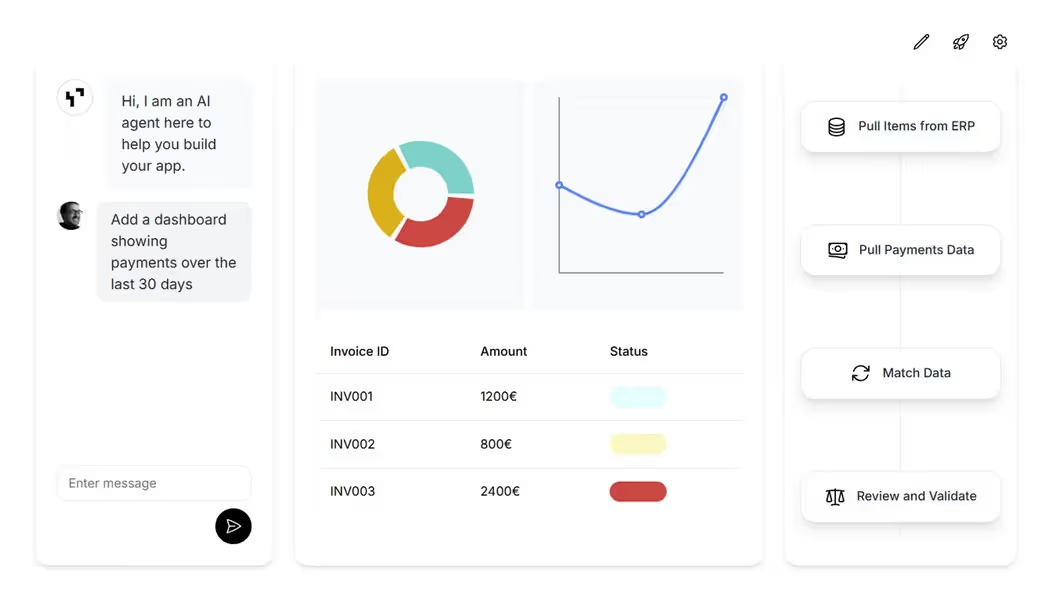
1. Transformance – Best overall and AI-native
Plus
- Serverless and locally deployable: data never exits your environment
- Out-of-the-box integrations, OCR, AI, and RPA handle any file, any system
- Fully customisable workflows embrace future AI models, not static templates
- Typical go-live in weeks, not months, delivering ROI the same quarter
- Frees hundreds of finance and sales hours, tightens audit trails, lifts working capital
Minus
- Pure focus on claims reconciliation means adjacent modules (credit scoring, cash application) rely on partners
Dive deeper into deduction control with our guide to deduction management software.
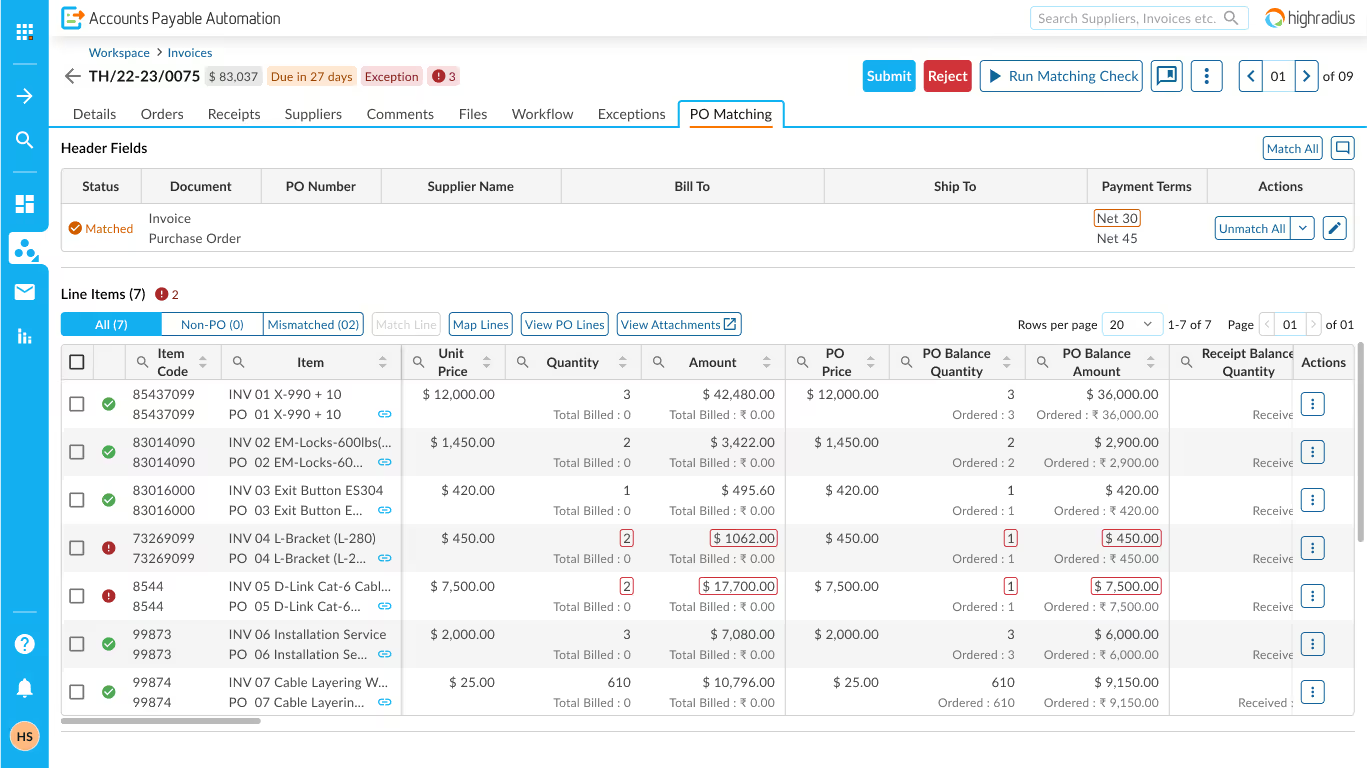
2. HighRadius – Consolidated order-to-cash suites
Plus
- Broad O2C footprint joins cash application, collections, and claims processing
- Rating-portal feedback signals strong support for global shared-service centres
Minus
- Multi-module bundles push up licence cost
- Typical rollouts span multiple quarters and demand dedicated IT resources
- AI models sit inside vendor cloud, raising data-residency concerns for some CPGs
HighRadius suits enterprises seeking one vendor for the full receivables stack but willing to invest in lengthy projects.
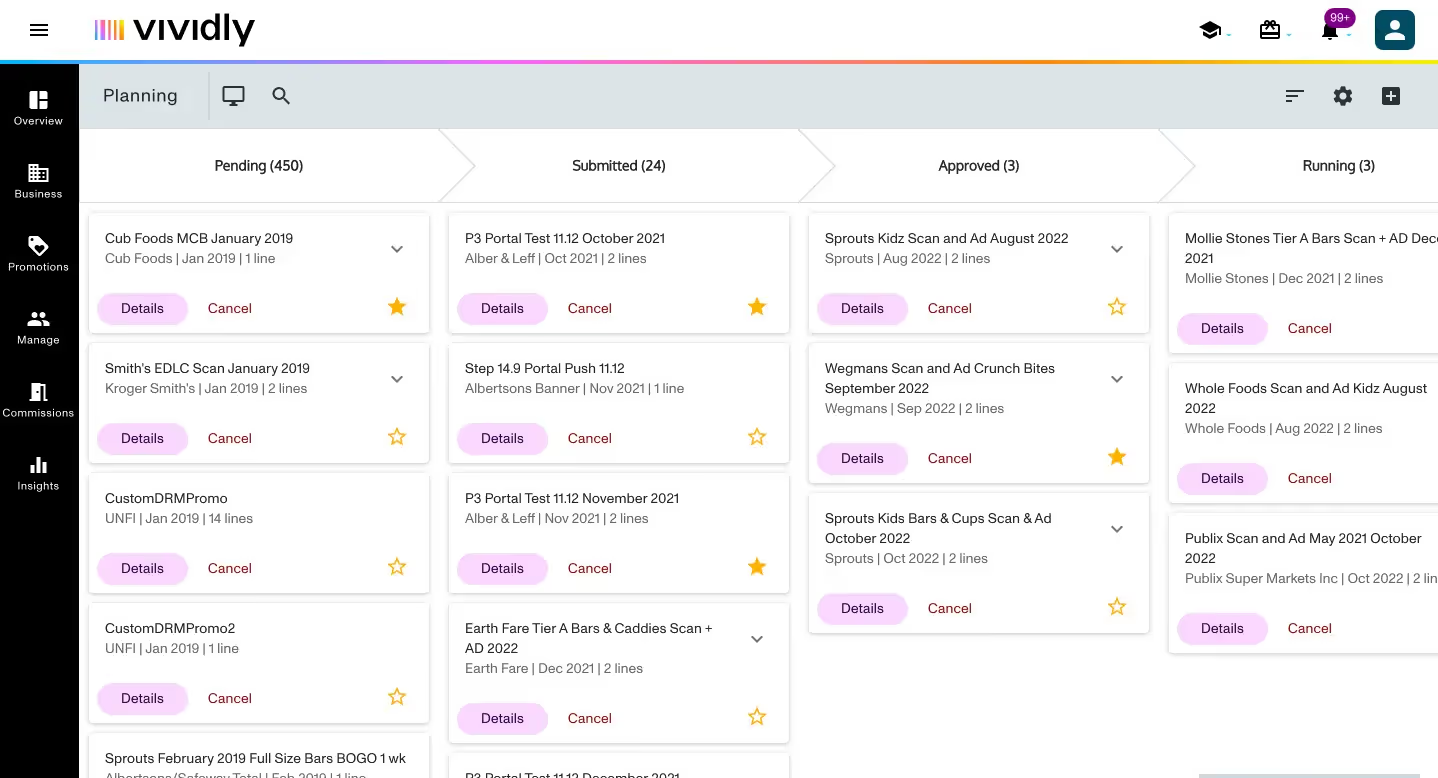
3. Vividly – For fast-growing brands focused on trade promotion
Plus
- Combines TPM analytics with claims reconciliation in one SaaS interface
- Users praise easy onboarding and clear dashboards
Minus
- Limited configuration depth for multi-division or multi-country CPGs
- Compliance, freight, and shortage deductions receive minimal template support
- Scaling beyond mid-market volumes may require supplementary tools
Choose Vividly when rapid SaaS deployment trumps granular control.
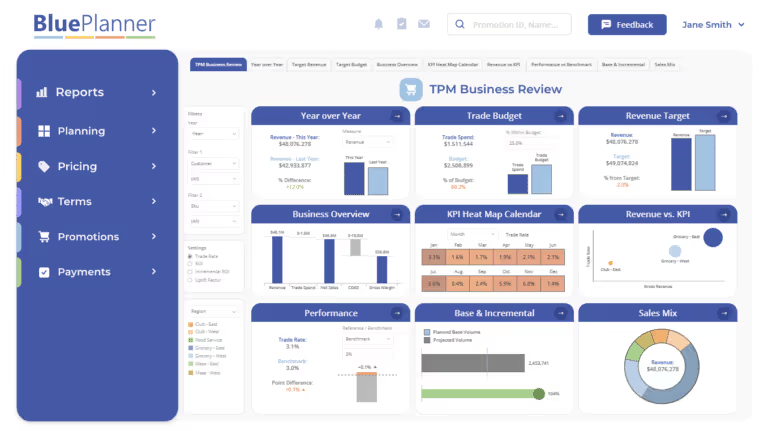
4. UpClear BluePlanner – the TPM solution
Plus
- Native link between promo calendars and claims processing avoids data duplication
- Modular licences let brands phase adoption by region or customer
Minus
- Independent user reviews remain scarce, offering less peer validation
- Non-trade deductions often need manual work-arounds or third-party add-ins
- AI functionality limited to rule-based checks, not self-learning models
A solid pick only if BluePlanner already houses your global TPM data.
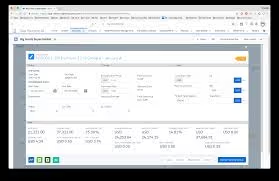
5. CPGvision – Best Salesforce-native deduction and trade suite
Plus
- Built entirely on Salesforce objects—sales reps clear claims inside their familiar CRM
- Reviewers highlight intuitive UI and quick time to value
Minus
- Requires Salesforce licensing; non-SFDC shops face middleware costs
- Smaller install base means fewer specialised consultants and slower roadmap velocity
- AI for claims processing is optional, not embedded throughout the workflow
Ideal for CPGs already committed to Salesforce as their commercial backbone.
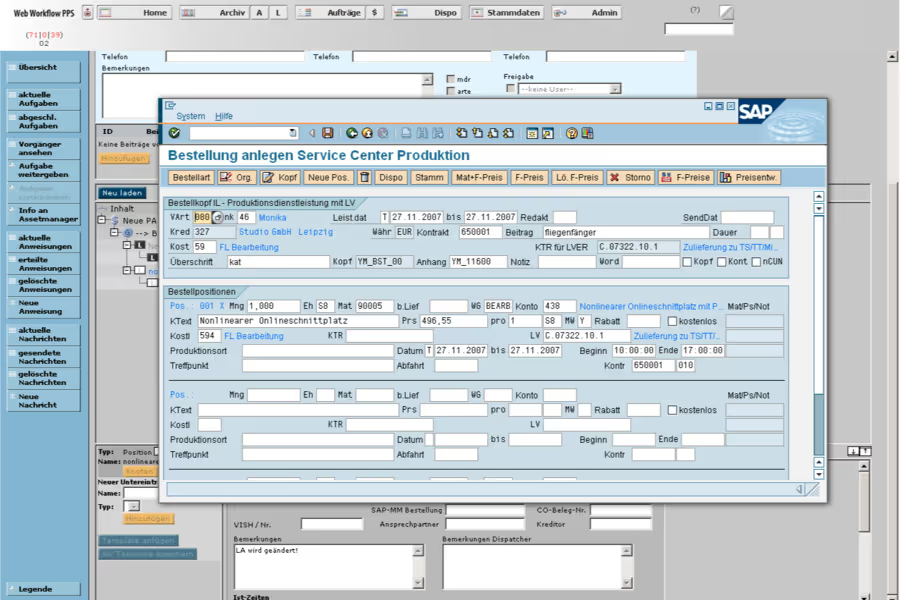
6. Vistex – SAP-embedded rebate and claims engine
Plus
- Lives inside SAP ECC and S/4, removing the need for interface tables
- Deep support for tiered rebates and complex deal structures
Minus
- Implementation demands ABAP skills and extended timelines
- Users cite steep learning curves and heavy change-management overhead (g2.com)
- AI is bolt-on rather than native, limiting future flexibility
Best for enterprises running everything in SAP and willing to absorb long projects.
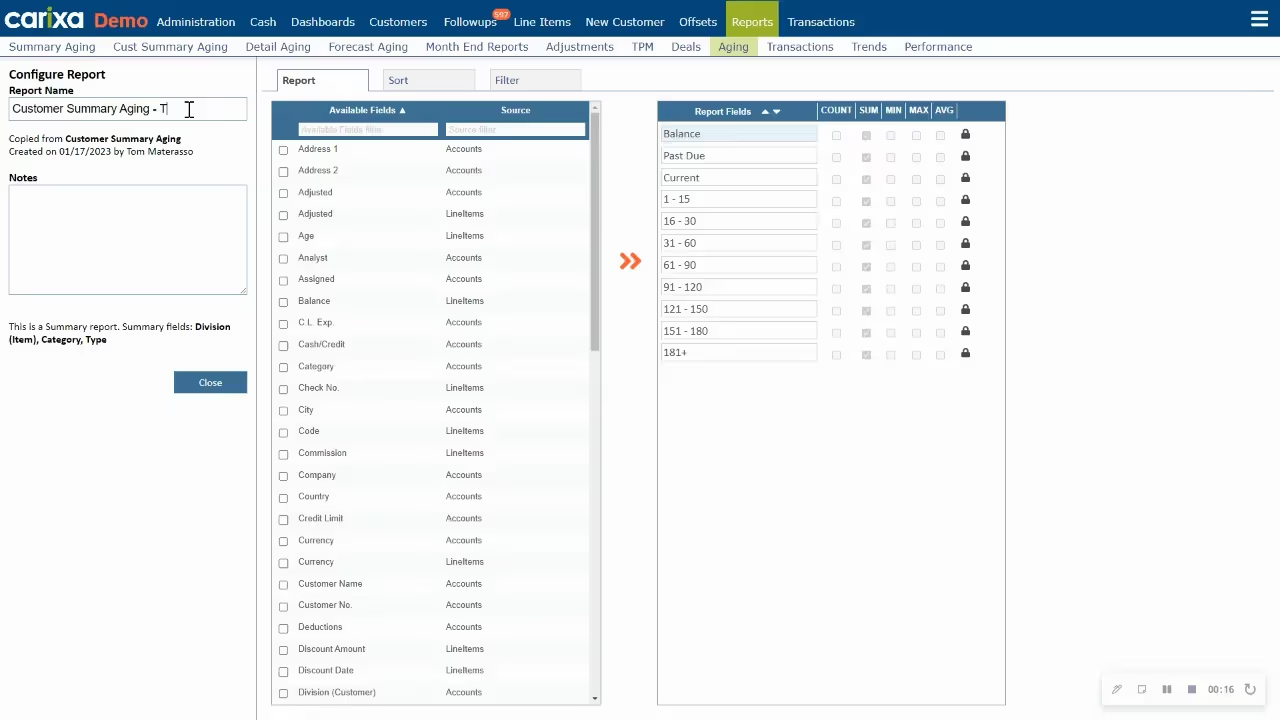
7. Smyyth Carixa – Links claims directly to collections
Plus
- Aligns claims reconciliation with collections to speed recovery
- Template packs target freight, shortage, and compliance deductions
Minus
- Small vendor footprint limits third-party expertise
- Feature rollouts trail larger competitors
- Focus on North American workflows; European file formats need customisation
Choose Carixa when deduction research must feed straight into collector queues.
No matter the brand, vet each option against the seven high-impact factors above. If a solution can’t integrate quickly, keep data local, or deliver true AI for claims processing, you risk swapping one manual process for another.
Why Transformance stands apart
Legacy systems bolt AI onto pre-AI architectures. Transformance is AI-native from the ground up, so machine-learning models drive every step of automated claims processing—from OCR to duplicate detection, promotion matching, and GL posting. RPA bridges pull data from the oldest green-screen ERPs, while APIs stream from modern CRMs and TPMs. The platform is serverless-first, so you decide whether data stays entirely on-prem or temporarily in a private cloud. Most clients go live in weeks and see payback in the first quarter.
For the broader business case, read why claims processing and reconciliation is crucial for CPG companies.
Final thoughts
Trade deductions will always exist, but revenue leakage does not have to. By marrying rigorous claims reconciliation with AI for claims processing in a fully automated claims processing cockpit, CPG companies convert administrative drag into working-capital fuel. Among today’s tools, only Transformance pairs limitless customisation with lightning-fast deployment, making it the benchmark for claims processing excellence in 2025.
Ready to watch Transformance reconcile your claims in real time? Request a personalised demo and start turning deductions into cash-flow wins.






